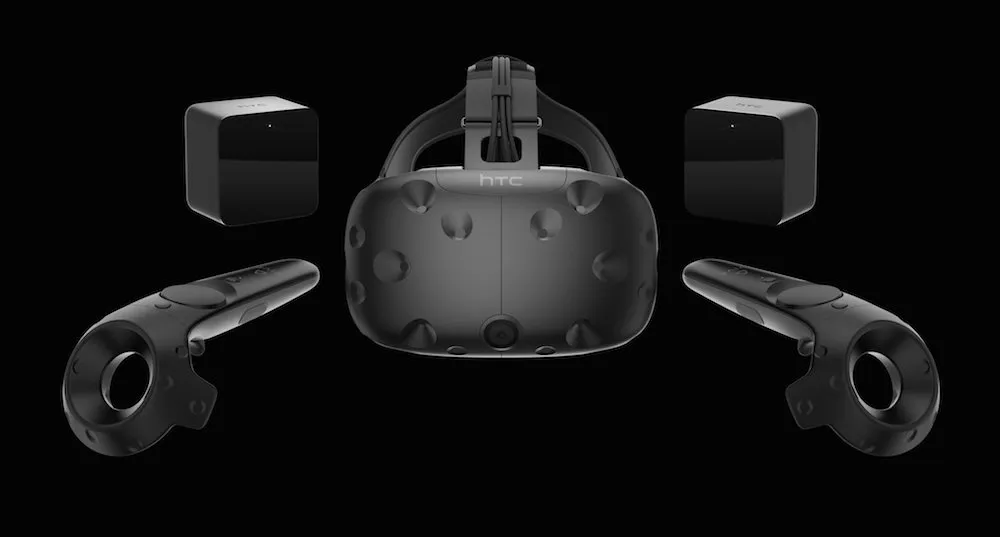If you’re consistently wowed by the outlandish ways in which CSI stars solve crimes, then this story might be for you.
The UK is experimenting with using VR to virtually reconstruct crime scenes for use within real court cases, it’s been revealed today. As reported by the BBC, a Staffordshire University project has been given around £140,000 in a European Commission research grant to build a concept that uses the HTC Vive. In theory (and judging from a video at the link, in practice), jurors would be able to put on the HMD and then be guided around the crime scene by a barrister.
They could then use the position-tracked controllers to pick up virtual evidence and inspect it. In the given example, the user walks around a countryside region with a path plotted out for them to follow. The system also uses green screens to showcase the juror walking through the environment themselves, presumably much in the same way that we’ve seen mixed reality trailers introduced for VR games in the past few months.
Associate Prof of Forensics, Dr Caroline Sturdy Colls stated that the project was the first of its kind, at least in Europe. She noted that the aim was to create the “best solution” to aid the criminal justice system and help jurors gain a better understanding of crimes than ever before. Staffordshire Police, meanwhile, noted that the £689 needed to order a Vive in the UK was actually very affordable for their resources. I’m sure many VR fans wish they could agree.
What you have to consider, though, is the amount of extra time this might put into a court case. Not only during the case itself, but the time needed to accurately reproduce crime scenes to the point where they could be considered reliable and informative inside a court of law would surely be massive. That said, the chance to immerse jurors in the case that they’re studying would be invaluable, and it would bring us that bit closer to that Minority Report-esque future we’re all predicting VR and AR will bring about.
It’s early days, but let’s hope this project has legs.





























